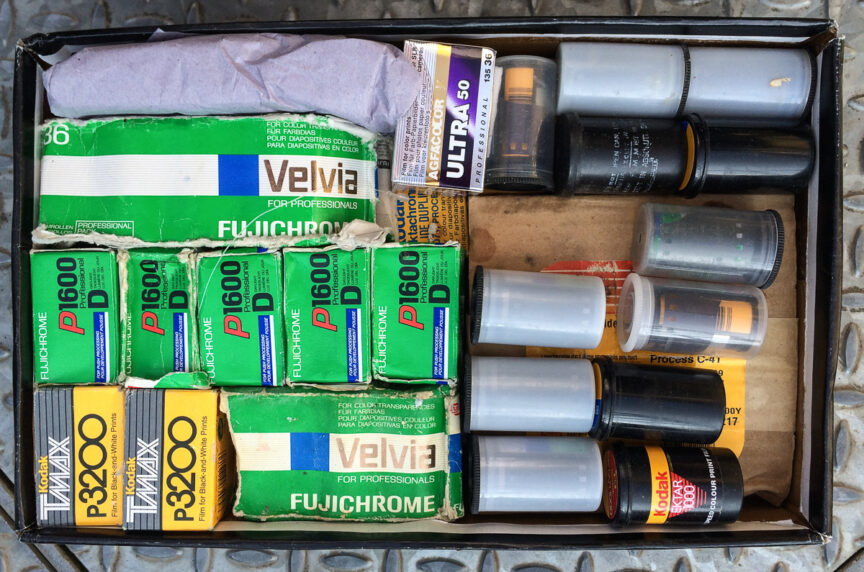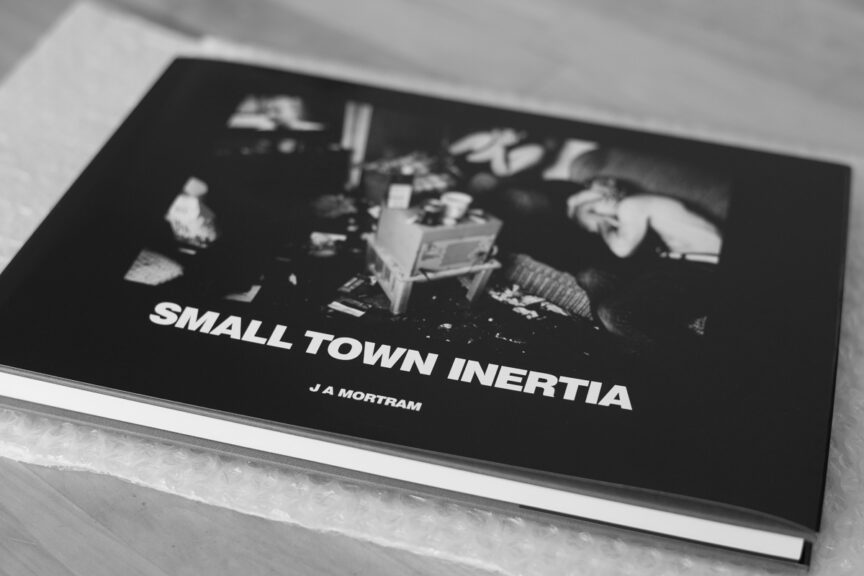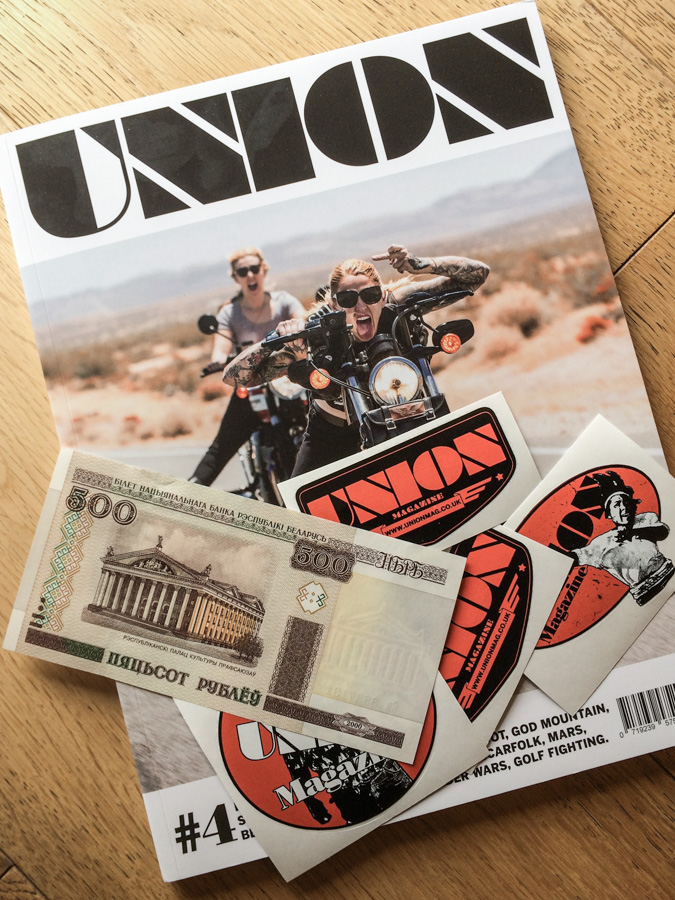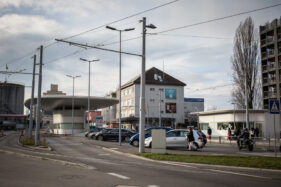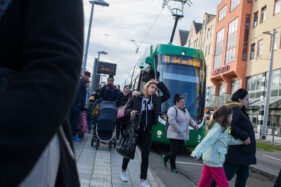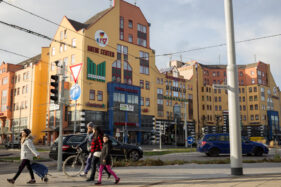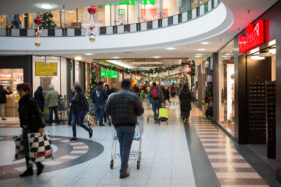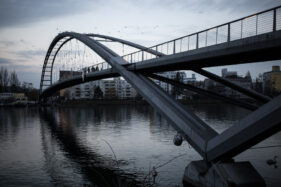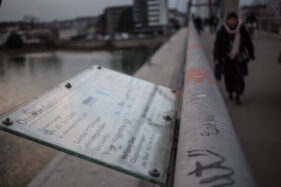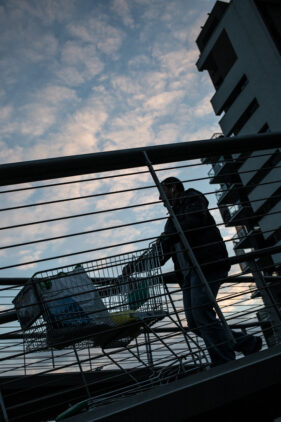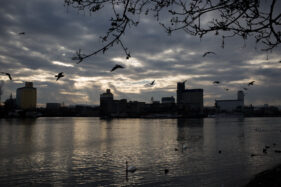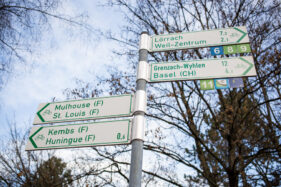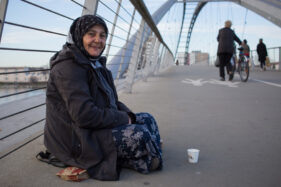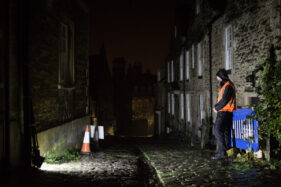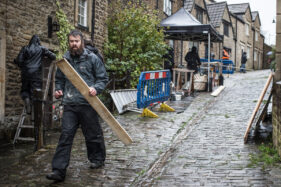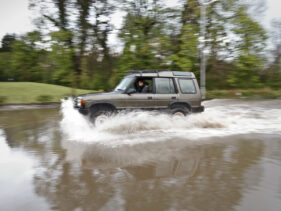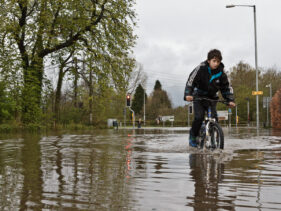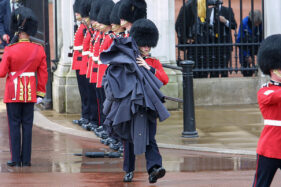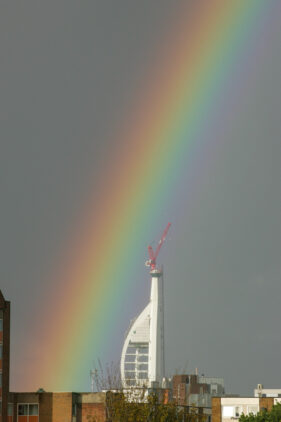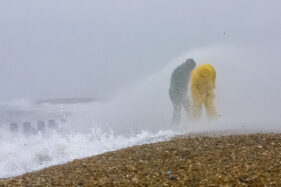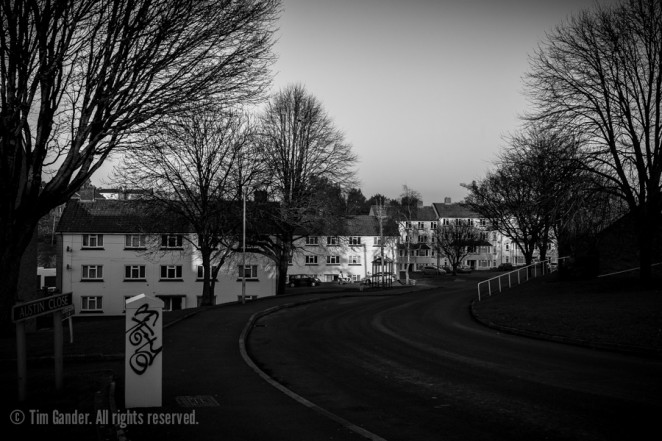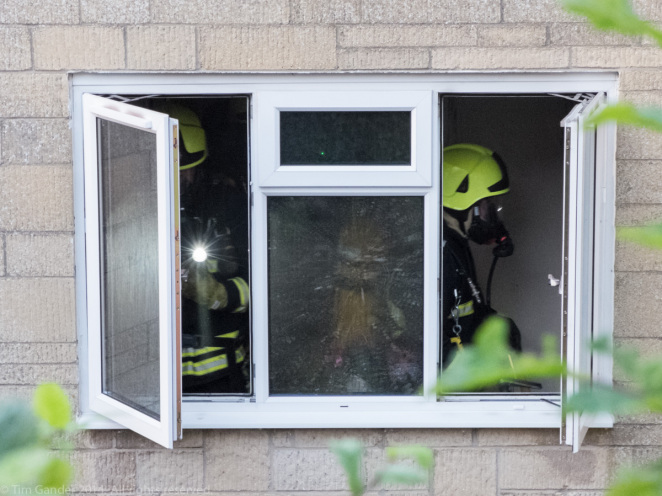For a college interview approximately twentysomething years ago I was asked what my photographic ethos was. I was stumped by the question, and to this day I’m still not sure what the interviewer meant, but the question did the trick; I failed the interview and didn’t get a place on the course.
Strangely though I’ve found myself considering not my ethos, but my motivation and a conversation I had with someone I was photographing today brought the subject back to the foreground of my mind.
He was telling me about an incident in Bangladesh which confronted him with the dilemma of whether or not to take a photo of a scene of a child living on a rubbish dump. As it happens he didn’t because he worried that his taking of the photo wouldn’t go down well with the Bangladeshi host accompanying him. His motivation to take a photo wasn’t strong enough to overcome his misgivings.
This conversation brought a number of thoughts back to the fore for me, including whether I would have done the same, and one of the conclusions I came to was that it would have to depend on why I was there. The man who told me this story was there just as a visitor and would probably only have shown the photo to friends and family. Had it been me, I would have wanted to show the world, but it’s actually far more complex than that.
One of the issues I’ve been working on of late is why I ever wanted to be the photographer I turned out to be. That is even if I have turned out to be the photographer I wanted to be. In the early years of my career (and even before I became a photographer) I wanted to document the world. I wanted my photography to be a mirror to be held up to society to say “this is who we are and this is the world we live in, warts and all.”
Ok, so I didn’t end up doing exactly what I’d envisaged – covering conflict, famine, disaster and so on. My career took me in other directions and perhaps for the best, if the mental state of your average war photographer is anything to go by. And besides the lucky coincidence of self-preservation which comes with not putting yourself into conflict zones in order to take photos, there are other reasons why I would feel uneasy now if I were to find myself in a position to take pictures in some of the more troubled areas of the planet.
For one thing, I’ve always wanted to take pictures because someone else asked me to. I’ve never been particularly good at pushing myself to take photos in difficult circumstances if I didn’t have a client commissioning me. A commission serves two purposes; firstly that I know someone already wants the photos I haven’t yet taken and secondly that they’re paying me means I’d better damn well get the photos or I’ll break the trust of my client.
These motivations are powerful and to me they’ve always justified my existence as a photographer.
There is also another reason I don’t think I could cover the suffering of others so easily now. Back in the early days of photojournalism while cameras, film and processing chemicals were never cheap, basic kit didn’t have to be insanely expensive and the good you could do by taking a set of photos and getting them published in a national or international magazine would be palpable. Governments could be forced to change policy (or brought down) on the strength of a photo essay in The Sunday Times or Observer magazine.
Now things seem to have got rather out of kilter. Even the biggest magazines have dwindling readerships and diminishing influence, while the kit required to cover the stories which need to be covered has become ever more bling.
Many of the photojournalists of the 1950s and 60s used Leica and Contax cameras. These were never bargain-basement makes, but Contax no longer exist and Leica really only make cameras for the collector now. Indeed it would be obscene to go into a famine-ravaged country holding a camera which costs £6,000 (plus lens for another £1,000 or so) to take photos which too few people to make a difference would see. And if I were asked to go into such a situation, I’d need a main camera plus a backup.
Even a modest SLR set-up is a few thousand Pounds Sterling. Could I shoot poverty and not be pricked with irony? I’d sooner shoot film with a cheaper camera, but few film cameras are manufactured now and reliability is becoming an issue for those which ceased production many years ago. Mostly they’re either junk, or they’re expensive collectibles, again notably Leica.
It seems the tools we used to use in order to penetrate the more poorly-illuminated corners of humanity have become fashion accessories in the form of our mobile phones or the retro-cool cameras which beguile use with their promises of classic styling enabling us to take classic photos. I own a Fuji X20 so can’t throw stones here.
And the more photos we take, the fewer we take of the things that truly matter to society. This isn’t to say I don’t believe in what I do, and I work hard to make my pictures the best they can be, but I’m under no illusions that the work I produce is going to change society.
My motivation now is to give my clients the very best images I can, and provided I can stay fit and healthy I’m really only about half-way through my career, so plenty of motivation to keep doing that. What I can’t quite shake off is the regret I feel when I see how photojournalism is caught between a lack of commissions for the best photographers (of which I do not count myself), the hopelessly low fees paid by publications (another reason I’m no longer in newspapers) and the eye-wateringly expensive kit required to do the job as demanded by the industry. It doesn’t seem healthy to me, but neither is a solution forthcoming.
All I can say is that my motivations now are different from when I first started, but at least now I have a better idea what those motivations are even if I’m still not sure what my ethos is.

